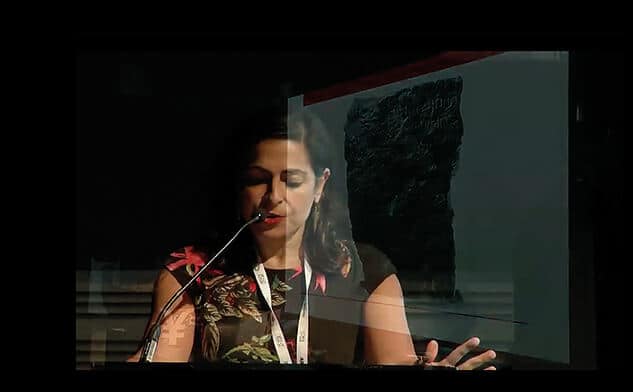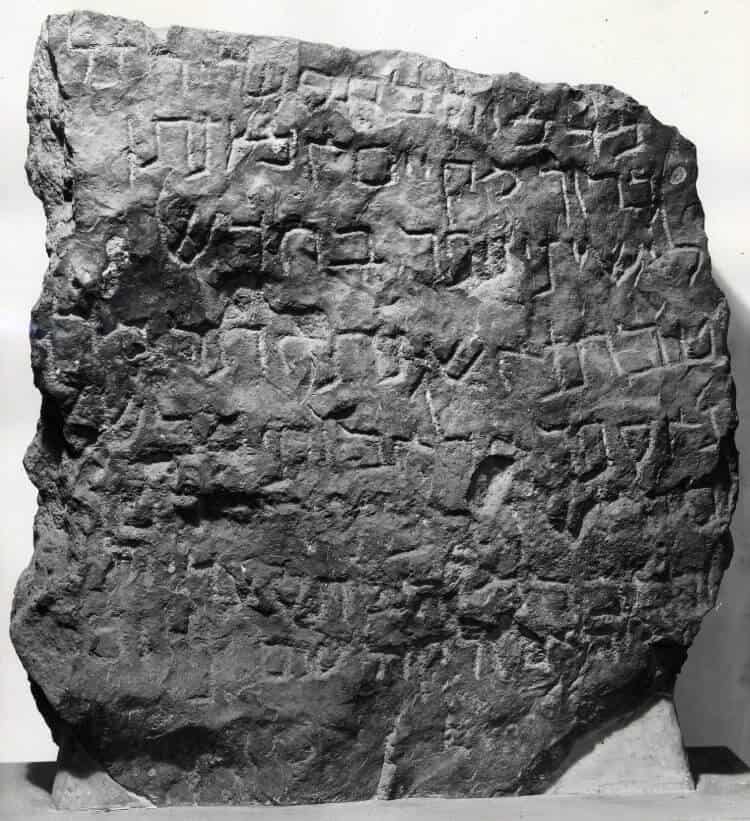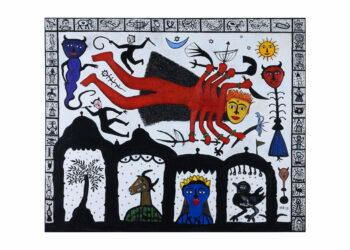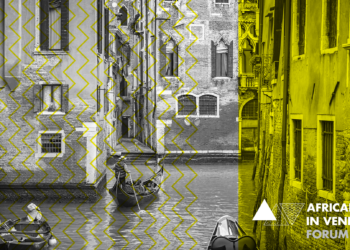
Among the holdings of the British Museum, warehoused in their massive storage among around eight million objects, is a carved dark gravestone inscribed in Hebrew and dated 1333 AD, from the port of Aden in Yemen. The inscription says, “Mayest thou rest in peace until the redeemer cometh!
In the month of Tebeth, in the year 1644, was gathered in peace to her father the worthy, respected woman Madmiyah, the daughter of Se’adyah the son of Abraham (may his memory be blessed).” The stone was donated to the museum in 1886 by Thomas Holdsworth Newman of the shipping firm Messrs Newman, Hunt & Co. The stone had been brought over to Britain, however, some 30 years earlier, when it had been used as ballast for a ship sailing from India to Zanzibar and onwards to Britain (I have tried to find what sort of ship this was, but have not yet been successful). The shipping firm itself owned whalers in Newfoundland, owned vineyards in Oporto in Portugal, and traded with Mediterranean ports.
There is much about this object that I would love to note here. It speaks of a long history of Jewish diasporic existence in Aden, in Yemen, of an imperial carelessness that plunders gravestones for ballast. And it points to Aden as a significant, perhaps the most significant, coaling station between Europe and India. I want to say a few words about ballasts, and then I shall shift to Aden itself.
In his beautiful short reflection on ships’ ballast, Charlie Hailey recalls Joseph Conrad’s obsession with ballast, telling us that ships are either “in cargo” or “in ballast”, where the weight, here of stone, later of coal and still later of seawater, is required to balance the ship when the ship is low on cargo. Landscapes were harvested of ballast, looted clean of sand and shingle and rock. And although ballast may speak of empty ships, of ships that have delivered their goods in one direction and are now sailing in the opposite direction with their cargo heaved to port, it also speaks of resource extraction in ways that would be considered “unproductive” but which are fundamental to capitalist trade. This resource extraction transformed landscapes in ways that have been forgotten. Once a ship arrived in port, ballast had to be discarded and despite laws that prevented the discharging of stone and shingle and sand into the sea, Hailey tells us that “discarded ballast spawned landscapes born of displaced materials from far-flung lands” and ballast islands and hills, this wastage “became infrastructure, with these unwitting spoils of trade repurposed for buildings, roads, and railways.” Today, when seawater from one geography is released in port in another geography, there is much concern about invasive species, about this uncanny mixing of waters, organisms, pollutions.

And the harvesting and dumping of ballast also echoes through the dredging and land reclamation processes that transform landscapes, looting far riverbeds of Myanmar for example for gravel to be poured on the seabeds of Singapore, or of ancient marine topographies ripped up to accommodate ships with deeper draughts. This is crucially important. The making of ports and transport infrastructure in one place requires the despoliation of another place. A port in Singapore or Dubai requires the ecological devastation of another country’s riverbeds.
Laleh Khalili not only researches and writes extensively on maritime trade, but she sails it too, spending time aboard the container ships that navigate – as she has coined – the “cobwebbed seas,” that service both commerce and war. In this lecture, Khalili dwells on these experiences, and reflects on the role played by transportation and logistics in the making of the modern Middle East. The text that follows is an exerpt from her presentation at the GLOBAL ART FORUM 11: TRADING PLACES.



